Introduction
Imagine transforming your yard into a serene, private oasis with lush greenery by planting hedges in spring. Whether you're seeking a peaceful retreat from the bustle of everyday life or simply want to create a natural barrier to keep prying eyes away, privacy hedges can provide an appealing solution. Their aesthetic, functional, and environmental benefits make them an ideal choice for any homeowner looking to enhance their outdoor space.
In this blog post, we'll delve deep into the world of privacy hedges. We'll guide you through selecting the right hedge plants, walk you through the planting process suitable for spring, and offer tips for maintaining your hedges to ensure they thrive year after year.

Understanding Privacy Hedges
Definition and Purpose of Privacy Hedges
Privacy hedges are living walls composed of densely planted shrubs or trees. They serve as natural barriers, delineating property lines, blocking unwanted views, and sometimes even buffering noise. Often used as an alternative to fences or walls, privacy hedges are a sustainable way to enhance privacy without compromising on natural aesthetics.
Benefits of Privacy Hedges
Visual Appeal
Privacy hedges add a layer of lush beauty to your landscape. They can be tailored to fit various design preferences, from the classic symmetry of a manicured boxwood hedge to the wild charm of a mixed-species edge. The visual impact of privacy hedges extends throughout the seasons, providing a dynamic backdrop to your garden.
Noise Reduction
Besides visual barriers, privacy hedges help dampen noise from nearby roads or bustling neighborhoods. The density and height of hedges can absorb and deflect sound waves, creating a quieter and more relaxing outdoor environment.
Environmental Benefits
Privacy hedges contribute positively to the environment by purifying air, providing habitat for local fauna, and improving soil quality. Plants naturally absorb carbon dioxide and release oxygen, improving air quality. Additionally, many hedge species offer food and shelter for birds and beneficial insects.

Increased Property Value
A well-maintained privacy hedge can enhance the curb appeal of your home, potentially increasing its market value. Prospective buyers often appreciate the beauty, function, and extra privacy provided by established hedges.
Choosing the Right Privacy Hedges for Spring Planting
Consider Your Climate and Soil Type
When selecting hedges, it's essential to consider your local climate and soil conditions. Some plants thrive in certain environments while struggling in others. For instance, if you live in a region with hot summers, evergreens like Adonidia Palm might be ideal due to their resilience to heat and drought. Checking your USDA plant hardiness zone will provide a good starting point when selecting suitable hedge plants.
Types of Privacy Hedges
Evergreen Hedges
Evergreen shrubs like holly, yew, or privet retain their foliage year-round, ensuring privacy throughout all seasons. Their dense foliage creates an effective screen ideal for boundaries.
For a tropical touch, consider planting Alexander Palm which offers lush greenery and a towering height that functions well as a natural barrier.
Deciduous Hedges
Deciduous hedge plants lose their leaves in the colder seasons but can offer a vibrant display of color during spring and autumn. Examples include beech and hornbeam, which can provide a dense screen when in leaf and interesting structural elements during winter.

Consider Growth Rate and Maintenance
Fast-growing species like the Leyland cypress or privet can quickly establish a dense screen for instant gratification. However, they often require more frequent maintenance compared to slower-growing species like boxwood, which fills in consistently over time but demands less frequent trimming.
Planting Privacy Hedges in Spring
Benefits of Planting in Spring
Planting hedges in spring allows trees and shrubs to establish roots before the extreme temperatures of summer and winter. The availability of water from spring rains aids the growth of strong root systems necessary for healthy plants.
Preparing Your Site
Assessing the Planting Area
Start by measuring the length of the area where you wish to plant your hedge. Consider the mature size of your chosen species to ensure they have adequate space to grow without overcrowding.
Soil Preparation
Proper soil preparation is crucial to hedge success. Conduct a soil test to determine the pH and nutrient levels. Based on the results, you may need to amend the soil with compost or other organic matter to improve fertility and drainage.
Marking Out the Planting Line
Use stakes and string to mark a straight line along which to plant. This helps maintain uniform spacing and ensures your hedge grows evenly.

The Planting Process
Digging the Right Hole
Dig a trench or individual holes that are twice as wide and just as deep as the root balls of your plants. Spacing will depend on the species; dense hedges require closer spacing than those that naturally grow wider.
Planting Techniques
Carefully remove your plant from the container, loosening any circling roots. Position the plant in the hole, ensuring it's at the same depth it was in the container. Backfill with soil, firming gently to remove air pockets.
Watering and Mulching
Water each plant thoroughly after planting to settle the soil, removing air pockets and ensuring moisture around the roots. Applying a layer of mulch helps retain soil moisture, suppress weeds, and regulate temperature changes.
Caring for Your Privacy Hedges
Watering
Regular watering is critical, especially in the first year of growth. Water deeply once or twice a week during dry periods, ensuring the soil is moist but not waterlogged.
Pruning and Shaping
Prune your hedges to promote dense growth. It's generally best to do this in spring or early summer when plants are actively growing. For formal hedges, maintain a trapezoid shape where the base is wider than the top to allow sunlight to reach the lower branches.

Pest and Disease Management
Common Pests
Privacy hedges can attract pests such as aphids, spider mites, and caterpillars. Regular inspections and appropriate treatments, like insecticidal soap or horticultural oil, can keep your plants healthy.
Disease Prevention
Prevent diseases by ensuring good air circulation and drainage. Avoid overhead watering and remove any infected plants promptly to prevent the spread of disease.
Fertilizing
Applying a balanced, slow-release fertilizer in spring can provide essential nutrients that encourage lush foliage and overall vigor in your hedges.
Conclusion
Creating a stunning privacy hedge can transform any outdoor area into a secluded paradise. By choosing the right plants, preparing your site carefully, and maintaining your plantings diligently, you're on the path to successful hedge cultivation.
If you're ready to start your hedging project, explore our collection of robust, beautiful plants at Plantology. Find everything from the stately Adonidia Palm to show-stopping sprays of Lily of the Nile Blue, perfect for complementing privacy hedges in your landscape design. Get started today and cultivate the privacy and beauty your space deserves!

Enhancing Privacy Hedges with Complementary Plantings
While privacy hedges stand as beautiful elements on their own, integrating complementary plantings can enhance their aesthetic appeal and functional benefits. Consider incorporating a selection of flowering plants, groundcovers, and ornamental grasses around your privacy hedges to enrich the visual landscape and support biodiversity.
Flowering Shrubs and Plants
Adding flowering shrubs such as hydrangeas or roses adjacent to your privacy hedge can provide bursts of color and fragrance throughout the growing season. Layering different heights and bloom times ensures a continuous display. For example, Camellia sasanqua offers a late fall bloom that complements summer-blooming roses or spring-flowering azaleas.
Groundcovers
Low-growing groundcovers such as Vinca minor or creeping thyme can suppress weeds and add an attractive carpet beneath your hedges. These plants work well in shaded areas provided by taller hedges and can offer additional texture and color through their foliage and flowers.
Ornamental Grasses
Utilizing ornamental grasses like Pennisetum alopecuroides can introduce movement and dynamism to your landscape. Their tall, feathery plumes sway gently in the breeze, providing a contrast to the dense structure of a hedge. Moreover, grasses can serve as buffers for wind, further enhancing the barrier effect of your hedges.

Edible Additions
For those interested in edible landscaping, consider integrating berry-producing shrubs like blueberries or currants near your hedges. Not only will these plants offer delicious fruits to harvest, but they also attract pollinators and wildlife, contributing to the ecological health of your garden. By planning these edible additions alongside your decorative plants, you can create a multifunctional, aesthetically pleasing landscape.
Dealing with Challenges: Troubleshooting Common Hedge Problems
Even with the best care, privacy hedges may encounter challenges over their lifespan. By understanding common issues and addressing them promptly, you can ensure your hedges remain healthy and attractive.
Dealing with Weeds
Weeds can compete with hedge plants for water, nutrients, and light. Implementing a mulching strategy helps suppress weed growth by blocking sunlight. Regular monitoring and hand-pulling, along with the use of landscape fabric under mulch, can help keep weeds at bay without resorting to chemicals.
Addressing Soil Erosion
In areas with sloped terrain, soil erosion can lead to the exposure of roots and destabilization of your hedge. Planting groundcovers between and around your hedge plants helps anchor the soil and reduce runoff. Additionally, installing small terraces or using natural stone edging can help mitigate erosion.

Managing Wildlife Conflicts
While some wildlife can be beneficial, they may pose challenges such as munching on leaves or damaging bark. Installing netting or fencing around young hedges can protect them from deer or other herbivores. Choosing thorny or aromatic plants for your hedges can also deter animals naturally. For instance, using barberry or lavender hedges can provide both beauty and protection against wildlife.
Improving Air Circulation
Dense hedges in humid climates may suffer from fungal diseases due to poor air circulation. Ensuring adequate spacing during planting aids natural airflow. Periodic thinning, where you selectively remove some inner branches, can open up space for light and air to penetrate, thereby decreasing fungal risks.
Sustainable Practices for Long-Term Hedge Care
Embracing sustainable gardening practices leads to a healthier environment and reduces the resources required for maintaining your hedging landscape.
Water Conservation
Adopting water-wise practices not only benefits your hedges but also conserves vital natural resources. Installing drip irrigation systems ensures water delivery directly to the root zones, minimizing evaporation and runoff waste. In addition, capturing rainwater in barrels for supplemental watering can be a cost-effective and eco-friendly way to irrigate during dry spells.
Utilizing Organic Fertilizers
Instead of using synthetic fertilizers, opt for organic options, such as compost or well-rotted manure, which enhance soil health and introduce beneficial microorganisms. These amendments improve soil structure, allowing for better water and nutrient retention.

Composting and Mulching
Utilizing garden waste to produce compost not only enriches your soil but also reduces landfill contributions. Regular mulching with organic materials like bark chips or straw helps maintain soil moisture, reduce weed growth, and decompose gradually to feed your soil.
Encouraging Biodiversity
Diverse plantings around your privacy hedges attract a range of pollinators and beneficial insects that contribute to pest management and plant health. By avoiding broad-spectrum pesticides, you preserve natural predator populations, fostering a balanced ecosystem that supports your garden's vitality.
Case Studies: Successful Privacy Hedge Implementations
To inspire your hedge planting endeavors, consider some examples of creative and effective privacy hedge implementations that maximize space, function, and beauty.
Urban Sanctuary
In densely populated urban areas, privacy can be a premium resource. By planting tall, narrow hedges like Ficus Nitida, homeowners have crafted private sanctuaries on compact city lots. In addition to providing seclusion, the lush green walls create a feeling of tranquility amid urban hustle.

Sustainable Suburban Oasis
A suburban homeowner wanted to replace a failing wooden fence with a living alternative. Opting for a mixed-species hedge with evergreen plants for year-round coverage, interspersed with flowering shrubs for seasonal color, they achieved an aesthetically pleasing boundary that also welcomed local wildlife.
Functional Farmstead Borders
In a rural setting, a family farm required robust boundaries to protect crops and livestock. They selected wind-resistant hedges suited to withstand local climate extremes while offering shade and habitat for native birds. By choosing native species like juniper and hawthorn, the farm blended seamlessly with the surrounding landscape.
Coastal Barrier in Salty Air
Coastal properties face challenges from salty air and strong winds. Seaside homeowners chose salt-tolerant species such as escallonia and Griselinia littoralis to mitigate these conditions. The hedges formed effective windbreaks and visual screens, enhancing both beauty and livability in the seaside environment.
Conclusion: Nurturing Your Piece of Paradise
Embarking on the journey to cultivate privacy hedges is an investment in both the aesthetic and functional dimensions of your outdoor space. By carefully selecting appropriate plants, optimizing site preparation, and adopting sustainable care practices, you lay the foundation for a flourishing and rewarding landscape feature.

As you enjoy the benefits of increased privacy, noise reduction, and environmental support, remember that hedges are dynamic living systems. Regular observation and gentle nurturing will ensure their health and longevity, allowing you to savor your serene oasis for years to come.
Finally, as your hedges mature and become integral elements of your landscape, take inspiration from nature's transformative power—embracing adaptability and resilience on your path to creating your unique garden haven.
For further resources and plant selection, visit Plantology and explore a diverse collection of vibrant, robust plants perfect for complementing any garden style, from formal to whimsical. Start your hedging journey today, and watch your outdoor space bloom into the private paradise you've envisioned.

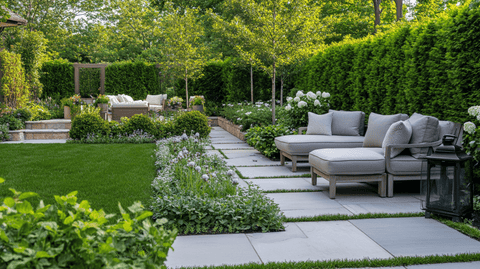











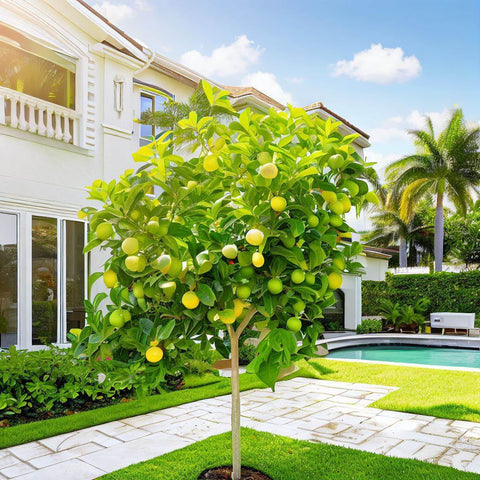


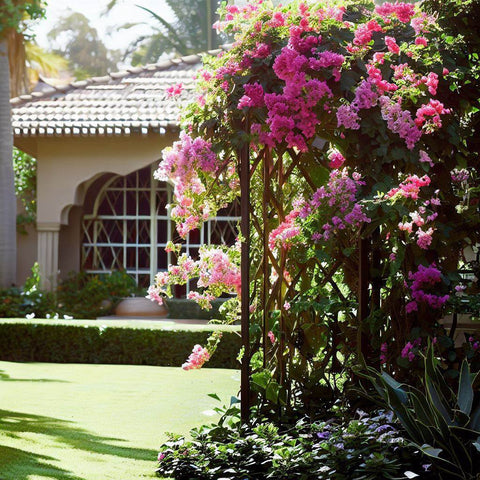
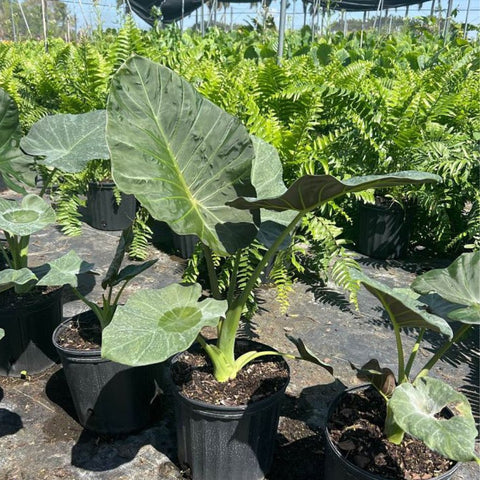
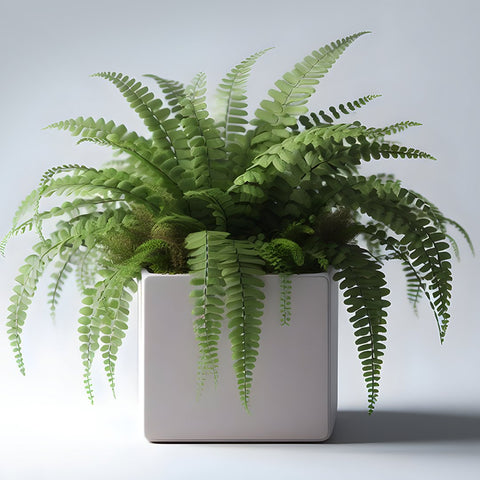
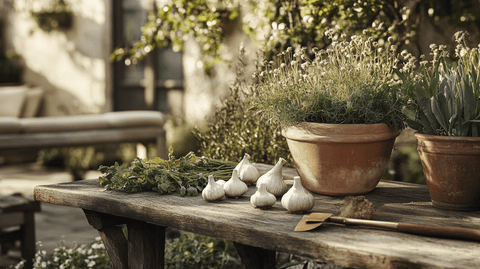
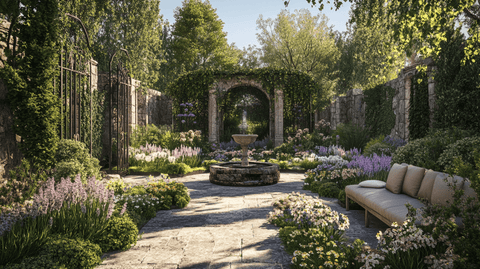


Comments (0)
There are no comments for this article. Be the first one to leave a message!